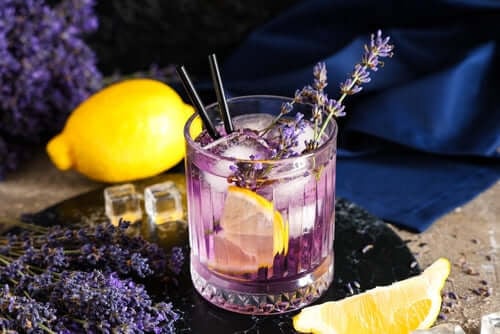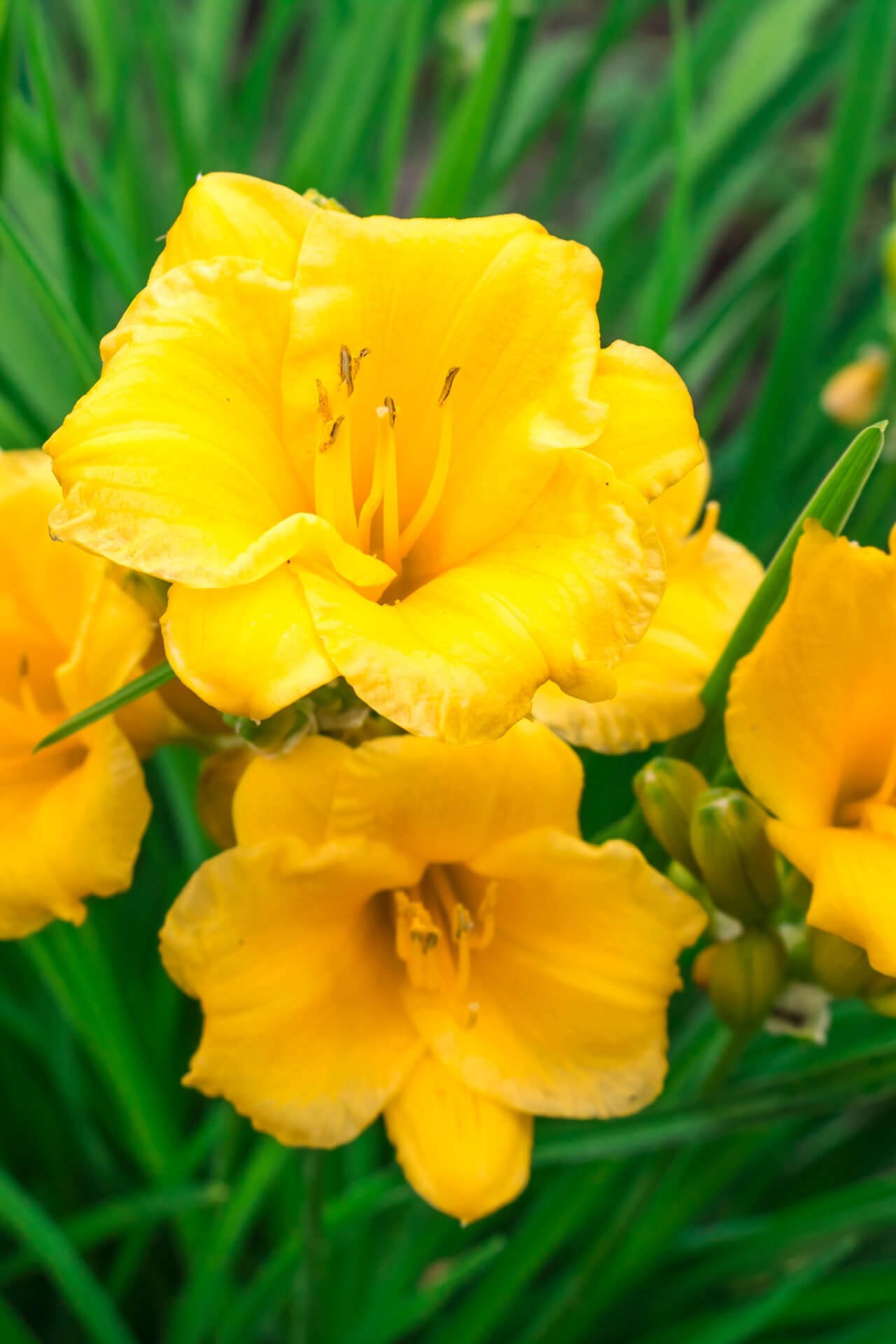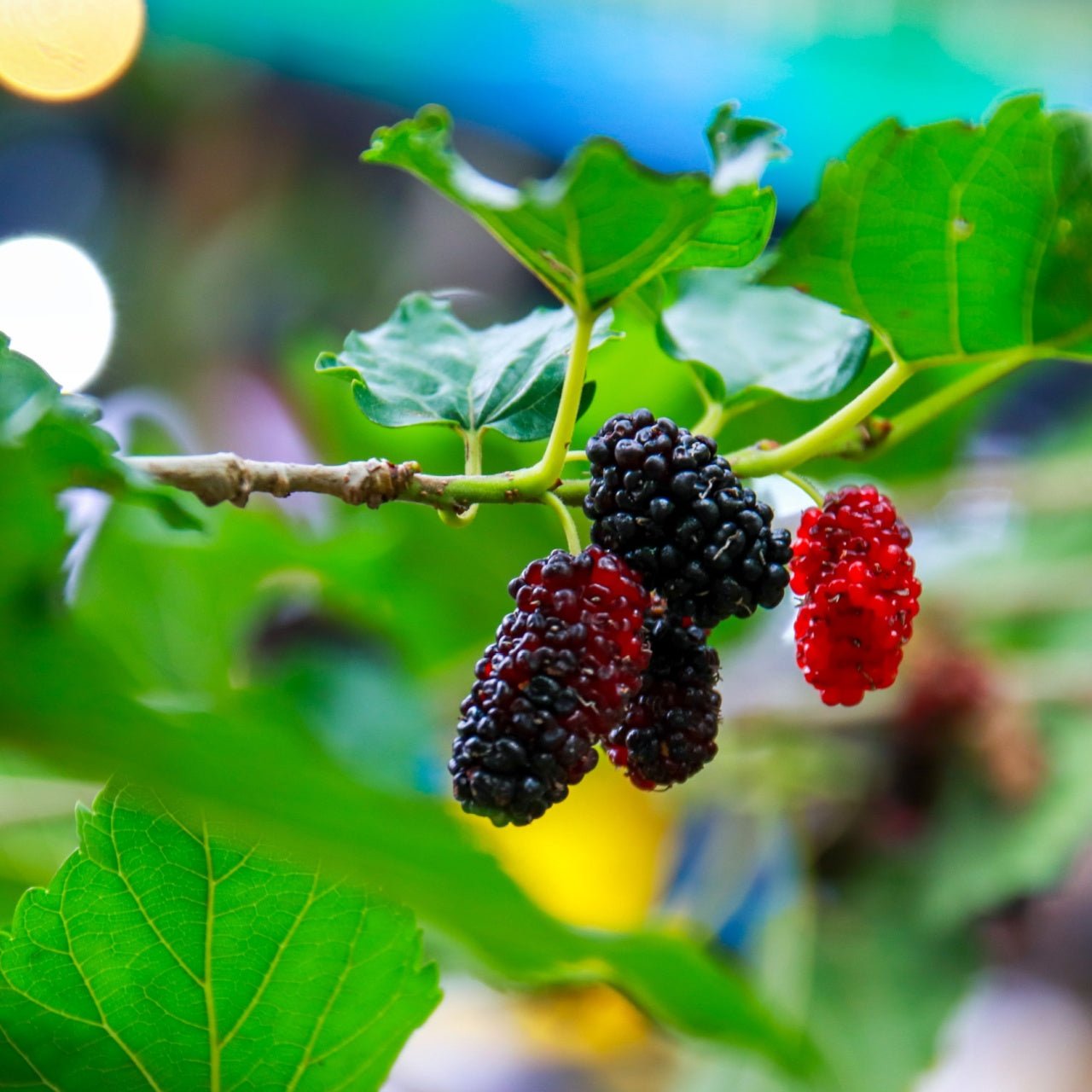10 Beautiful and Edible Landscape Flowers
When envisioning a picturesque garden, it's not uncommon to conjure images of vibrant flowers adorning the landscape with their captivating colors and fragrances. But why limit your garden's aesthetic appeal to visual and olfactory senses?
Integrating edible landscape flowers into your garden design can elevate its allure and offer a delightful culinary experience. In this article, we'll explore ten edible landscape flowers that enhance your garden's visual aesthetics and add a delectable twist to your culinary endeavors.
Nasturtiums (Tropaeolum majus)
Nasturtiums are a versatile addition to any garden. Their vibrant orange, yellow, and red blossoms create a stunning visual display. These flowers have a peppery flavor that can add a zesty kick to salads, sandwiches, and even garnishes for main dishes. The leaves and flowers are edible, making nasturtiums a delightful and decorative addition to your garden.
Calendula (Calendula officinalis)
Calendula, also known as pot marigold, boasts beautiful golden and orange petals. Beyond its ornamental charm, calendula petals often add color and a subtle saffron-like flavor to soups, rice dishes, and baked goods. Additionally, calendula petals are renowned for their potential health benefits and can be infused to create soothing herbal teas.
Lavender (Lavandula spp.)
Lavender's aromatic blooms and soothing fragrance are well-known, but these flowers are also edible and can be incorporated into various culinary creations. Lavender lends a unique floral and slightly sweet essence to dishes like desserts, salad dressings, and cocktails. Using lavender sparingly is essential, as its flavor can be overpowering when used excessively.
Daylily Have Edible Flowers
Daylilies offer a splash of color with their striking trumpet-shaped flowers. These flowers have a mild, slightly sweet flavor reminiscent of a blend of lettuce and asparagus. They can be used in salads, stir-fries, or as a garnish, adding visual appeal and a subtle taste to your dishes.
Chive Blossoms (Allium schoenoprasum)
Chive blossoms are the flowering heads of the chive plant. Their lavender-hued petals are visually appealing and carry the same oniony flavor as chive leaves. These blossoms can be sprinkled over dishes to provide a mild onion kick or infuse oils and vinegar, imparting a delicate onion essence.
Borage (Borago officinalis)
Borage is a showstopper in any garden with its brilliant blue star-shaped flowers. The flowers have a mild cucumber taste, making them a refreshing addition to salads, drinks, and even frozen in ice cubes for summer beverages.
Roses (Rosa spp.)
Roses also have culinary uses. Rose petals are edible and can infuse syrups, jams, jellies, and desserts with a delicate floral flavor. It is essential to use petals that haven't been treated with chemicals and are specifically grown for culinary purposes.
Violas (Viola spp.)
Violas, with their petite and colorful blossoms, are charming and delectable. These flowers have a mild, slightly aromatic taste and can be used in salads, desserts, and cocktails. Violas are also suitable for candying and use as cake decorations.
Dianthus (Dianthus spp.)
Also known as "pinks," dianthus flowers come in various shades and possess a subtle clove-like flavor. Their petals can be used to add a touch of sweetness and spice to dishes like salads and desserts. Dianthus flowers are also suitable for making floral syrups used in beverages or drizzled-over pancakes.
Squash Blossoms (Cucurbita spp.)
As the name suggests, squash blossoms are the flowers of various squash plants. These delicate blossoms have a slightly sweet, vegetal flavor. They can be stuffed with cheese, herbs, or other fillings and baked or fried. Adding squash blossoms to your garden provides an edible treat and encourages healthy pollination for squash plants.
Incorporating edible landscape flowers into your garden doesn't just create a feast for the eyes
With their diverse flavors and visual appeal, these ten flowers can transform your garden into a multisensory experience. From the zesty kick of nasturtiums to the delicate sweetness of rose petals, each flower offers a unique culinary adventure.
So, whether you're an avid gardener or a food enthusiast, consider adding these edible flowers to your landscape and elevate your garden's aesthetics and dining table's flavors. Incorporating edible landscape flowers into your garden adds a visually stunning element to your outdoor space and introduces a delightful array of flavors and textures to your culinary endeavors.
This innovative approach to gardening merges aesthetics with practicality, transforming your garden into a multi-functional oasis that engages all the senses.
Edible flowers offer a unique opportunity to elevate your garden's visual appeal and gastronomic potential
Delicate blossoms such as nasturtiums, calendula, and pansies bring vibrant hues to your landscape, creating a captivating tapestry of colors pleasing to the eye and the palate. Imagine plucking a handful of vividly colored petals to garnish a fresh salad, adding a burst of color and subtle flavors that range from peppery to sweet. Beyond their visual allure, many edible flowers boast distinctive flavors that can transform your culinary creations.
Lavender, for instance, infuses baked goods and beverages with a hint of floral sweetness, while rosemary flowers' herbal notes lend a unique twist to savory dishes.
Chive blossoms provide a mild onion flavor, making them ideal garnishes for salads, soups, and cream-based sauces.
Building a Flower Bed for Edible Blooms
Edible flowers cultivated at home deliver vibrant color and delicate taste enhancements to food preparations while providing sophisticated elements to standard meals. Planning an edible flower bed requires meticulous attention to detail because ensuring safety is critical when growing plants you intend to eat. This guide gives step-by-step instructions on creating an edible flower garden without specifying plant types by emphasizing essential practices and foundational guidelines to maintain safety and beauty.
1. Understand the Basics of Edible Flowers
You need to perform essential groundwork before sowing or transplanting your plants. Many decorative flowers contain toxins that make them unsafe for consumption. Start your research by referring to trustworthy sources like horticultural extension services and reliable gardening books to learn about safe edible flowers and their edible parts while identifying any similar-looking toxic plants. Amidst numerous appealing choices, stick to plants with proven safety records and match your local growing conditions.
Cultivate flowers like herbs or vegetables, ensuring you maintain environments free from synthetic chemicals. Using pesticides or synthetic sprays can make petals unsafe for consumption, requiring the use of natural pest and weed control methods. Following these initial guidelines will lead to a harvest free of harmful chemicals.
2. Find the Ideal Location
Determine the location for your edible flower bed as your next step. Most edible flowers perform optimally when planted in locations with full sun exposure that receive at least six hours of sunlight daily. A few days of careful yard or garden observation will show you where sunlight persists and help you steer clear of dark areas. Most edible flowers achieve more frequent and stronger blooms in bright locations than in partial shade.
Drainage is another key consideration. Many plants suffer from overwatered roots, so they should be located in areas that stay soaked after rain. Raised beds and mounded soil may effectively address poor drainage areas since they enable excess water to flow away. Select a spot that allows you to reach your plants easily and keep watch over them. You should situate your garden bed adjacent to pathways or commonly visited areas to facilitate routine inspections, enable swift pest management, and allow easy access for picking when you want to decorate a meal or add a touch to a salad.
3. Prepare the Soil
All gardens require healthy soil, but quality is essential when eating flower blossoms. Start soil preparation by eliminating rocks, weeds, and old roots. Use a shovel or another garden tool to loosen about eight to ten inches of the topsoil. The aeration process enables the young roots to expand without resistance. Mix several inches of organic materials like compost or well-aged manure into the soil. Organic additions provide essential nutrients to the soil and promote better drainage while encouraging microbial activity that benefits plant health.
Performing a soil test is also helpful. Most edible plant blooms thrive best in soil having a pH varying from slightly acidic to neutral. When needed, modifying soil pH levels leads to significant improvements in both plant health and productivity. In acidic soils, test results reveal you should add lime to adjust pH levels, while sulfur can lower the pH of alkaline-based soils. Carefully following established guidelines will prevent significant changes in soil chemistry.
4. Select and Arrange Your Plants
After your soil reaches optimal conditions, choose plant varieties that are safe for consumption and thrive in your regional weather patterns. Combine plants with different colors, flowering periods, and heights to create visual appeal throughout the season. Organize your plants into groups that need the same amount of sunlight exposure and share identical watering and feeding needs. Grouping plants with similar watering needs helps prevent overwatering a particular species while accommodating another species requiring more moisture.
When arranging your plants, consider the visual layers: In your yard bed center, tall plants should stand back, medium-sized plants surround or stand in front, and short plants fill the edges. This design method creates a unified appearance for your flower bed while guaranteeing sufficient sunlight reaches each bloom. Good air circulation between plants helps minimize fungal diseases by maintaining enough space between them.
5. Planting, Watering, and Feeding
Your chosen plant varieties will determine whether you sow seeds directly into your bed or transplant seedlings that began growing indoors. The instructions for each plant type provide specific guidelines because the depth and spacing requirements and planting times will differ. Begin watering gently once everything is set so the soil settles and roots establish themselves. Seedlings require regular and complete watering during their first two weeks to support successful acclimation.
When your garden bed reaches maturity, you should provide deep watering instead of just sprinkling the surface lightly. When plants receive deep watering, their roots grow downward into the soil, which helps them better withstand drought. Apply balanced organic fertilizer or compost tea every two weeks during the plant's growing season. Excess nitrogen will cause plants to produce more leaves than flowers, preventing enthusiasts from producing plentiful edible petals.
6. Weed and Pest Management
Conduct regular weeding sessions to prevent weeds from taking your flowers' nutrients and water supply. Organic mulch layers made from straw, leaves, or bark chips prevent weed growth and maintain soil moisture around your plants. Avoid letting mulch touch plant stems because trapped moisture creates conditions where pests and diseases can develop.
Rely on non-toxic solutions for pest management. When you see insects on your plants, pick them off by hand or deter them with natural soap sprays you make yourself. You can maintain garden pest control through beneficial insects when introducing water sources and planting insect-friendly companion species nearby without risking edible blooms.
7. Harvesting and Storage
During harvesting, you see the results of all your previous gardening efforts. Select flowers during cooler periods, like morning or early evening, because they contain more water. Examine each bloom for insects by shaking them gently and remove any petals that show signs of damage. Edible blooms lack adequate long-term storage capabilities, so you should consume them soon after picking. To maintain the freshness of edible flowers for a brief duration, store them in a shallow dish with a moist paper towel and keep them refrigerated until you require them.
A specialized flower bed with edible blossoms provides your meals with vibrant colors and tasty ingredients. Proper site selection alongside healthy soil and organic growing methods leads to robust plants with consistent production of decorative petals. Complete research must guide every action, from ensuring your selected flowers are safe to eat to choosing non-toxic pest control methods so your blooms stay beautiful and edible for your meals. Through strategic planning and regular maintenance, your garden will produce vibrant petals with full flavor throughout the season.
Read more
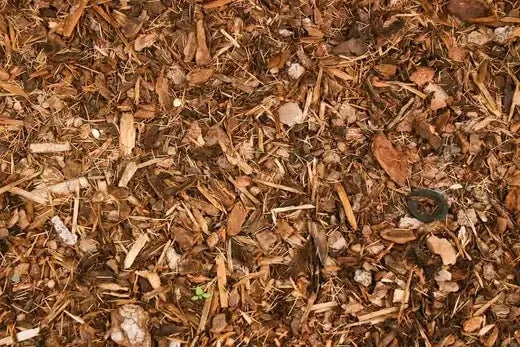
Tuesday, July 26From the Ground Up- Understanding MulchMulch is an essential ingredient in beautiful gardens for more than just its looks. It serves many practical purposes, multitasking as a probl...
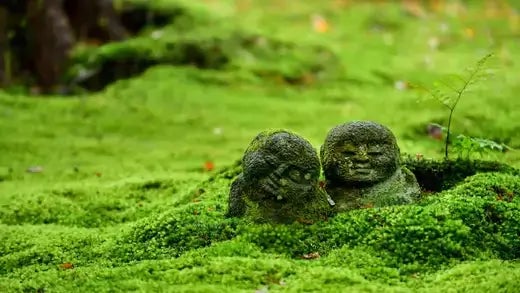
Moss Makes The Perfect Decor!You've told her you'd fix up that eye-sore of a backyard for months, but what do you do with a corner of dirt? Get creative! February marks the threshold of one of the ...
Family Owned and run with pride
Nestled in the heart of Middle Tennessee, TN Nursery is a proud family-owned business rooted in tradition, quality, and a deep love for plants. For generations, we’ve been dedicated to providing exceptional service and building lasting personal connections with gardeners, landscapers, and nature enthusiasts across the country. Our mission is to make planting and gardening more accessible, enjoyable, and rewarding—whether you’re a seasoned horticulturist or just starting your first flower bed.
We specialize in expertly grown native plants, perennials, shrubs, trees, and ferns that thrive in a variety of climates. Every plant we offer is carefully nurtured on our farm to ensure strong root systems, healthy growth, and long-term success in your landscape. From vibrant evergreens to colorful blooms and ground covers, we offer an expansive selection to help you create the outdoor space of your dreams.
At TN Nursery, we believe in more than just selling plants—we’re here to help you transform your garden into a place of beauty, sustainability, and joy. Our knowledgeable team is always available to answer questions, offer guidance, and share tips to ensure your planting experience is a success. Join our growing family of happy customers and let us help you bring your garden vision to life.


